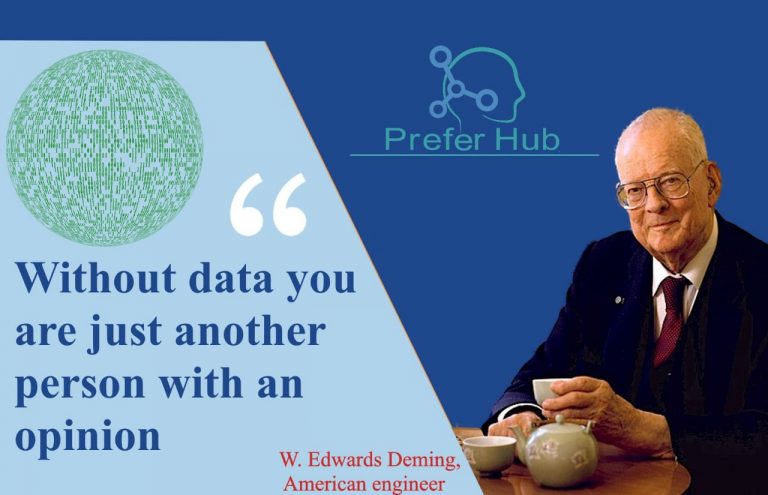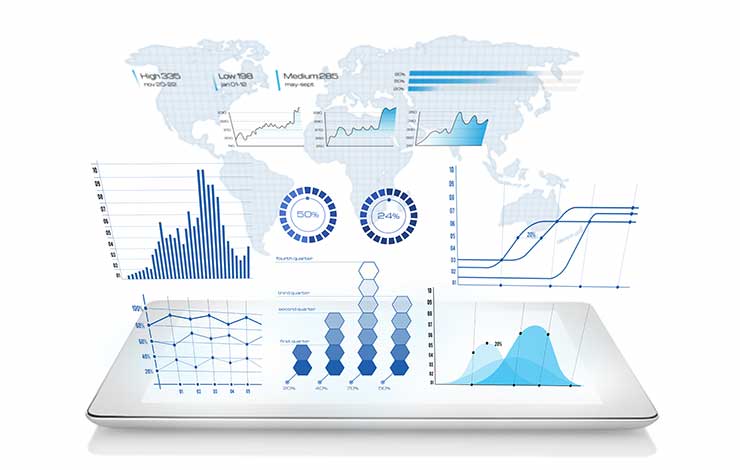Definition
Predictive analytics is the branch of advanced analytics that utilizes the
algorithms, historical data and machine learning to identify trends and to predict what will happen in the future. It enables organizations to become proactive,forward-looking, anticipating data-based outcomes and behaviors rather than hunching or assumptions. Analytics, which use statistical models and forecasting techniques to understand the future and answer: “What could happen?”
Performance of predictive analytics
The Predictive Enterprise employs predictive analytics to guide, refine, and
automate decisions to enhance business processes. It includes both:
- Analysis of past, present, and projected future outcomes using Advanced analytics.
- Decision optimization for determining which actions will drive the optimal actions, and then delivering those recommended actions to the systems.
Advanced analytics are used to analyze how particular business problems respond to actual, current and projected future behavior. It includes statistics; data mining and visualizations are used to compute frequencies, query and reporting cubes.From advanced analytics results insights that is used to derive the possible outcomes. Decision optimization include scoring engine, rules engine and optimization engine to deliver those recommended actions to the people that can
effectively implement them.
Predictive analytic models
Some of the common models are:
- Regression techniques
This technique helps to understand the associations between variables. - Clustering model
This model sorts the data into separate, nested groups based on similar attributes. - Decision trees
This method helps to split the population of data into smaller segments. - Forecast model
This model deals in metric value prediction, estimating numeric value for new data based on learning from historical data.
Key Points
- Predictive analytics is the use of statistics and modeling techniques to
determine future performance. - It is used in a variety of industries and fields, such as insurance and
communications, as a method for making decisions. - Predictive analytics and machine learning are often confused with each other but they are different disciplines.
Example
Despite some awful disasters in 2017, thanks to predictive analytics, insurance firms reduced losses within risk tolerances. Through underwriting, assessing and predicting future losses, finding fraudulent claims, preparing marketing campaigns and providing better visibility into risk management, it helped them establish competitive prices.
Benefits
- Improve efficiency in production
- Embed logic into case management systems
- Prioritize workloads
- Monitor progress and KPI’s
- Optimize processes and performance
- Detect fraud



